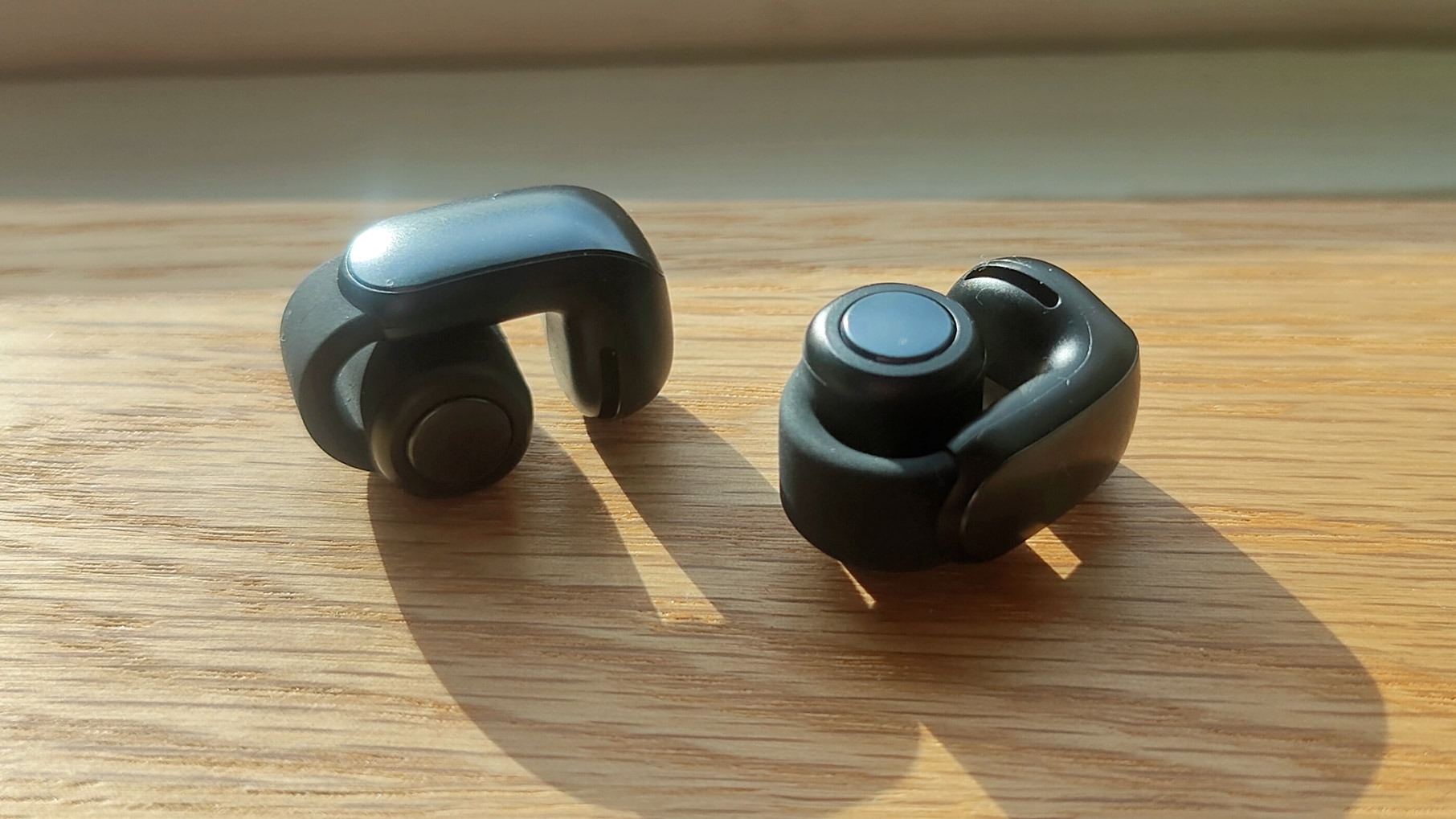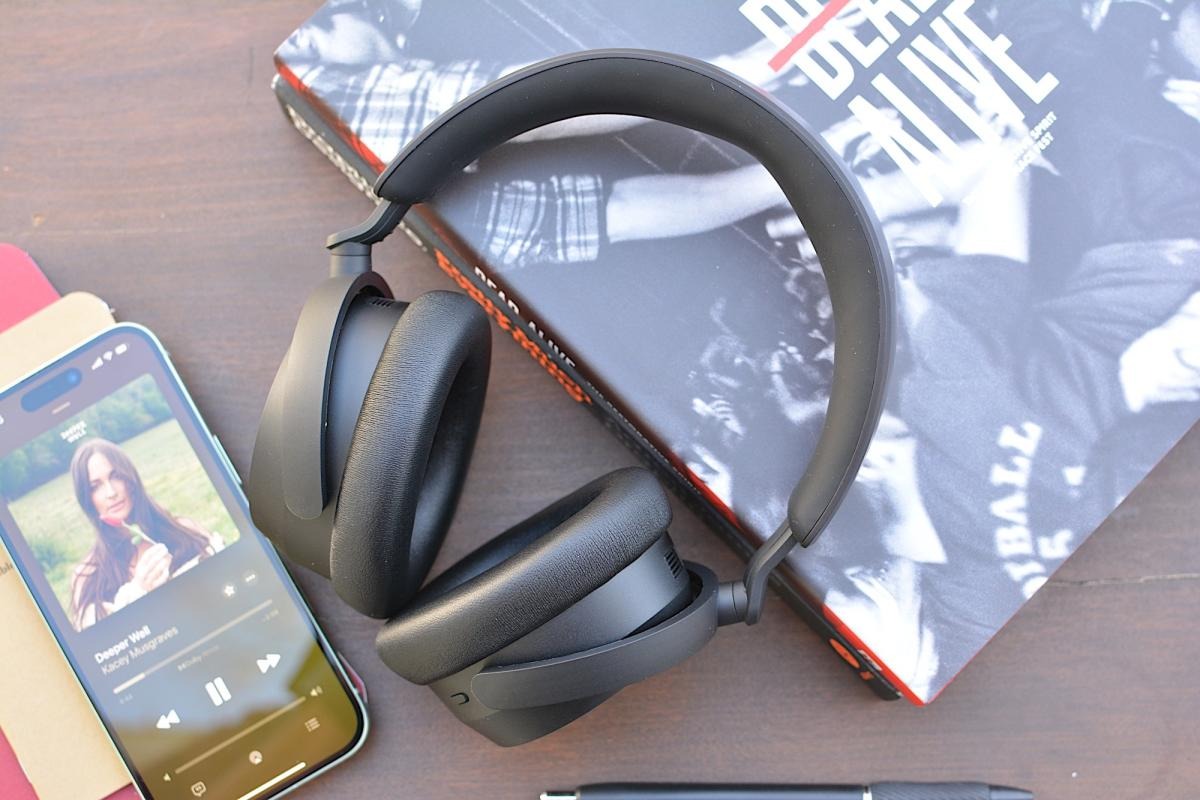The first affordable headphones with MEMS drivers don’t disappoint
Creative’s Aurvana Ace line brings the new speaker technology to the general public
The headphone industry is not known for its rapid development. There are developments such as spatial sound and constant progress in Bluetooth audio fidelity, but for the most part the industry counts progress in decades rather than years. This makes the arrival of the Aurvana Ace headphones—the first wireless headphones with MEMS drivers — a rare event. I recently wrote about what exactly MEMS technology is and why it’s important, but Creative is the first consumer brand to sell a product that uses it.
Creative presented two models, The Aurvana Ace (130) and the Aurvana Ace 2 (150) in Tandem. Both have drivers MEMS. La the main difference is that the Ace model supports high-resolution Adaptive aptX, while the Ace 2 offers high-end Lossless aptX (sometimes marketed as “CD Quality”). The Ace 2 is the model that we are going to refer to from now on.

To be creative, the inclusion of MEMS drivers alone would be a unique selling point, but the aforementioned aptX support adds another layer of hi-fi credentials to the mix. Then there’s the adaptive ANC and other details like wireless powering that give the Ace 2 a solid spec reality check for the price. Some obvious omissions include small quality of life features, such as pausing playback when you remove a bud and audio Zonalization. It could have been two easy wins that would make both models quite difficult to smack for the price in terms of equipment, if nothing else.
When I tested the first xMEMS-powered in-ear monitors, the Singularity Oni, the additional details were immediately evident in the high-end, especially in Genres like metal and drums and bass. The low frequencies were more difficult, because xMEMS, the company behind the speakers of the Oni and the Aurvana, admitted that a hybrid configuration with a traditional bass speaker might be the preferred option until its own speakers could handle more bass. That’s exactly what we have here at the Aurvana Ace 2.

However, the main difference in the middle the Aurvana Ace 2 and the Oni is more important than a good low-end strike (if that’s even possible). MEMS-based headphones require a small aset up of “bias” power to work. This does not affect the battery life, but Singularity used a dedicated DAC with a specific xMEMS mode. “Creative uses a special amplifier “chip”, which for the first time presents consumer MEMS headphones in a wireless configuration. The popularity of True Wireless headphones (TWS) these days means that MEMS must be compatible if it wants to prevail.
The good news is that even without the expensive IFI DAC that oni Singularity IEMs need to work, the Aurvana Ace 2 offers additional clarity at higher frequencies than competing products at this price. That said, even with enhanced bass, MEMS drivers clearly prefer mid-to-high frequencies. The result is a sound that creates a good balance in the middle the details and the body.

Listening to “Master of Puppets”, the iconic chords had a superior presence and a superior “Crunch” than a 250 over-ear headset that I tried on. Similarly, the aggressive traps of System of a Downs “Chop Suey!”just come as you hoped. When I heard the same song on the garish 200 TWS/1 Audio with Custom Audio enabled, the sounds were actually comparable. Only Creative sounded like that right away, but the screaming catch’s have a slightly superior dynamic range overall and put more emphasis on the vocals.
For more Electronic Genres, the hybrid configuration of the Aurvana Ace really comes into play. Listening to Dead Prez’s “Hip-Hop” really shows off the bass abilities, with more oomph here than the garish and some 160 House of Marley Redemption 2 ANC — but it never felt overdone or fuzzy/loose.




Post Comment